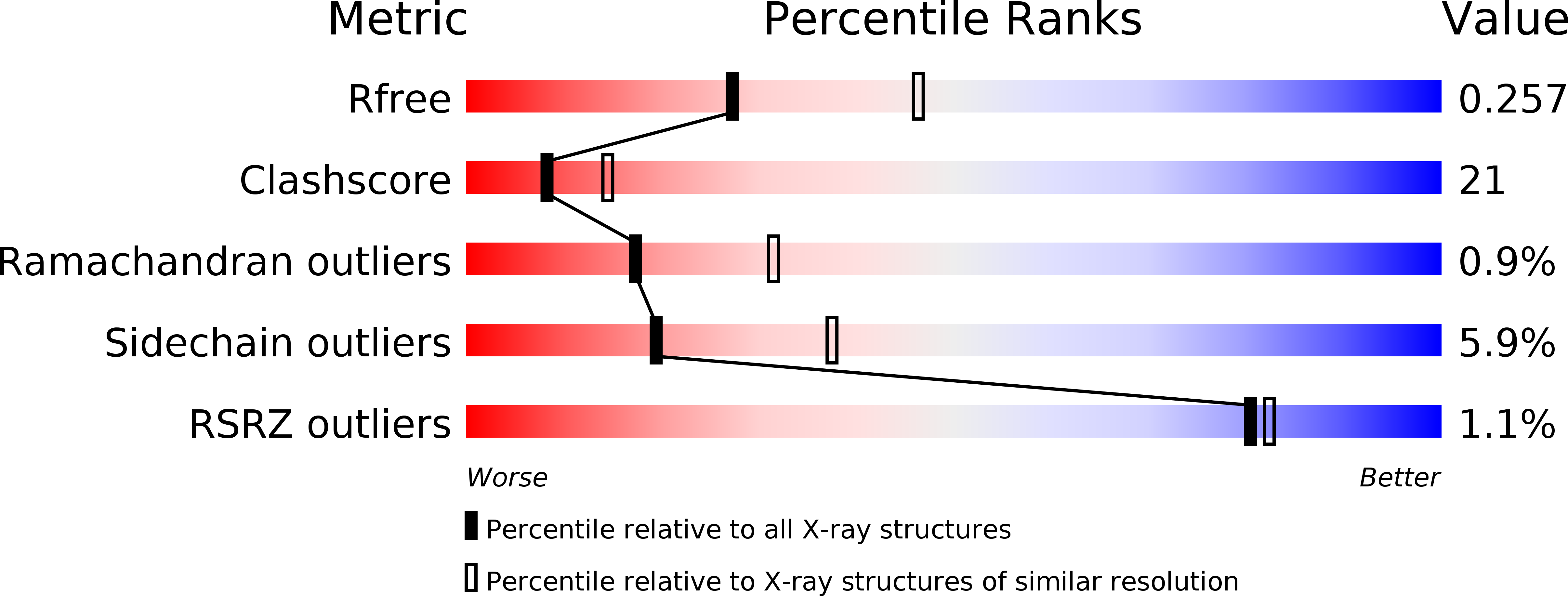
Deposition Date
2008-10-22
Release Date
2009-11-03
Last Version Date
2024-10-09
Entry Detail
PDB ID:
3EYV
Keywords:
Title:
Anti-Lewis Y Fab fragment with Lewis Y antigen in the presence of zinc ions
Biological Source:
Source Organism:
MUS MUSCULUS (Taxon ID: 10090)
Host Organism:
Method Details:
Experimental Method:
Resolution:
2.50 Å
R-Value Free:
0.26
R-Value Work:
0.21
Space Group:
P 21 21 21


